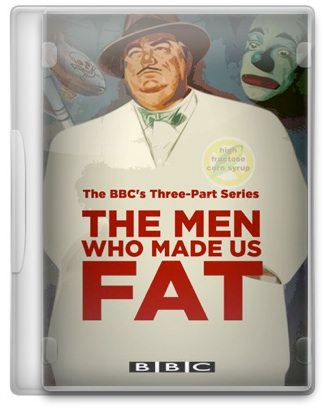
Around the world, obesity levels are rising. More people are now overweight than undernourished. Two thirds of British adults are overweight and one in four of us is classified as obese. In the first of this three-part series, Jacques Peretti traces those responsible for revolutionising our eating habits, to find out how decisions made in America 40 years ago influence the way we eat now.
Peretti travels to America to investigate the story of high-fructose corn syrup. The sweetener was championed in the US in the 1970s by Richard Nixon’s agriculture secretary Earl Butz to make use of the excess corn grown by farmers. Cheaper and sweeter than sugar, it soon found its way into almost all processed foods and soft drinks. HFCS is not only sweeter than sugar, it also interferes with leptin, the hormone that controls appetite, so once you start eating or drinking it, you don’t know when to stop.
Endocrinologist Robert Lustig was one of the first to recognise the dangers of HFCS but his findings were discredited at the time. Meanwhile a US Congress report blamed fat, not sugar, for the disturbing rise in cardio-vascular disease and the food industry responded with ranges of ‘low fat’, ‘heart healthy’ products in which the fat was removed – but the substitute was yet more sugar.
Meanwhile, in 1970s Britain, food manufacturers used advertising campaigns to promote the idea of snacking between meals. Outside the home, fast food chains offered clean, bright premises with tempting burgers cooked and served with a very un-British zeal and efficiency. Twenty years after the arrival of McDonalds, the number of fast food outlets in Britain had quadrupled.





